
The year was 1903. Theodore Roosevelt was president of an America witnessing milestones in the world of transportation: Wilbur and Orville Wright flew the world's first power-driven airplane; Henry Ford teamed up with 11 investors to form the corporation that still bears his name, and Nova Scotia native John B. Caddell began a New York City-based shipyard business that thrives to this day.
Caddell, whose career included work as a shipyard employee, ship's carpenter and dry-dock master, started his enterprise with salesman Eugene Schuyler and accountant John Payne. The business -- Schuyler, Payne and Caddell Ship Repair Company -- would eventually evolve into Caddell Dry Dock & Repair Co., West Brighton, the oldest shipyard operation in New York Harbor, spanning three generations of the Caddell family.
Today, its operation boasts six dry docks, and the company annually services over 300 vessels.
A hundred years is quite a feat in business. CEO John Bartlett Caddell II (known to his associates as J.B.C.) is the grandson of the founder and the third generation of his family to head the dry dock enterprise.
Much of the firm's success can be attributed to decades of loyalty from its clients, in addition to the goodwill fostered between the company and its workers. The company currently employs approximately 150 people in addition to subcontractors.
The company's longevity also can be traced to the devotion of its owners and a focus upon commercial, nongovernmental accounts.
Much of the company's success has to do with the single ownership -- the ownership by the Caddell family, which has always put money back into the business. Such reinvestments are used for fixing the piers, repairing the dry docks, and overall maintenance of the facility.
From a long-term perspective, the company's resiliency also is tied to a history of not relying upon government contracts to fuel its growth. Although the company does have some government accounts, it never has depended on them for its main source of income.
But government officials arguably have been an important factor in the operation's continued existence.
J.B.C.'s grandfather initially ran the company from a rented coastal space in the Red Hook section of Brooklyn. The founder, known throughout his life as J.B., purchased total ownership of the operation in 1914. By then, the business had greatly prospered and included a second dry dock. Soon after, however, the entrepreneur was pressured into finding a new site for his enterprise.
City plans in 1915 to rebuild the Erie Basin, a defunct ferry depot, and put in piers for larger ships, forced J.B. to seek a new location. On the Staten Island side of the Kill van Kull, he found the remains of a steamer and excursion boat terminal off Broadway.
J.B. purchased the property with a five-year interest-free loan from one of his customers, and established his new headquarters at the foot of Broadway and Richmond Terrace, where it still stands today.
With a reputation known for high standards and integrity, the businessman attracted powerful clients, like Exxon Mobil and others.
In 1925, at age 59, J.B. stepped down from the helm of the company and passed the responsibility of leadership to his only son, Leroy Caddell. Having served in the Navy during Word War I, Leroy joined the company after his discharge in May 1919.
Coastal schooners, small excursion boats, ferries, deep-sea fishing boats and yachts joined the ranks of Harbor craft like tugboats, motor tankers and barges under the younger Caddell's management.
As oil transportation thrived in New York Harbor, the family business continued to prosper despite the Great Depression of the 1930s. In 1936, the Caddell company expanded with the purchase of the neighboring Larson Shipyard.
With the approach of World War II, Caddell Dry Dock & Repair Co. found itself servicing warships and commercial vessels. Not long after the war ended, in 1951, an era of the company also came to a close with the passing of its founder.
The younger Caddell continued in his position as the company's leader for years to come. In 1966, while retaining his own status as chairman and CEO, he handed over the daily management responsibilities to his son, and J.B.C. assumed the title of president.
A year later, the relatively new company president hired Ralph Merrill, a close friend and customer, as general manager.
In 1972, J.B.C. purchased the adjacent Brewer Dry Dock Co. yard. Over time, he established what is now the East Yard, where, in 1979, he built a tank-cleaning plant -- a steam-generating facility used to clean barges, tankers and other vessels.
Steven Kalil, the company's current president, arrived on the scene in 1975 when he was hired as a carpenter's helper, . When he decided one cold winter morning to quit the yard, J.B.C. invited him to work in the office, and he accepted.
Merrill taught him how to manage the yard, and he gradually took over the day-to-day operations.
In 1987, the company once again experienced a great loss with the death of Leroy Caddell.
Two years later, Merrill retired, and Kalil was appointed president of the company.
Over the past twenty years, the yard has gained distinction for working with not-for-profit organizations that take care of historic vessels.
In 1985, the historic Portuguese bark, The Gazella of Philadelphia, was put on dry dock No. 4 for repairs and allowed the ship's volunteer crew to work on it free of charge.
The famous replica of Henry Hudson's Half Moon, the first European vessel to sail into New York Harbor, on its way up the Hudson River, has been to Caddell's for repair work, as have South Street Seaport Museum's three historic ships, the lightship Ambrose, and the tall ships Peking and Wavertree.
The Caddell dry dock company is living history, a fusion of the past, present and future.
For more information see our list of:
CADDELL SERVICES
CASE STUDIES
CLIENT LINKS
PHOTO GALLERY
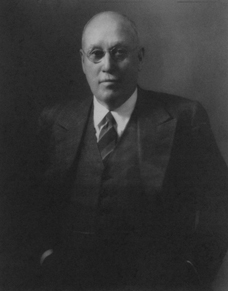 |
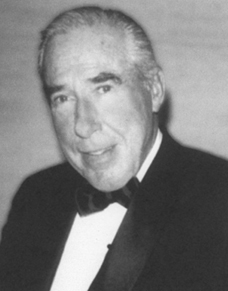 |
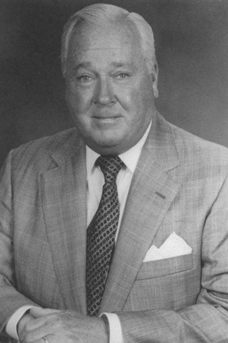 |
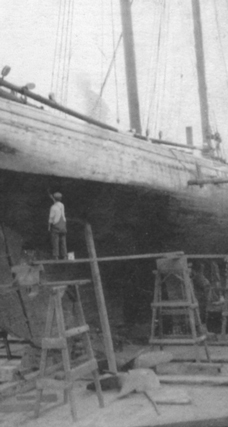 |
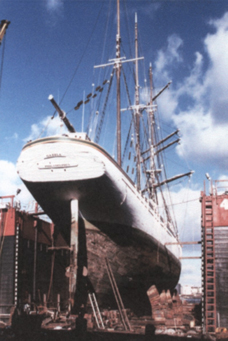 |
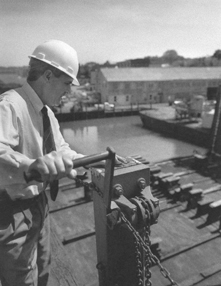 |
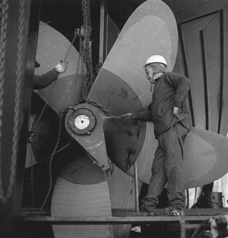 |